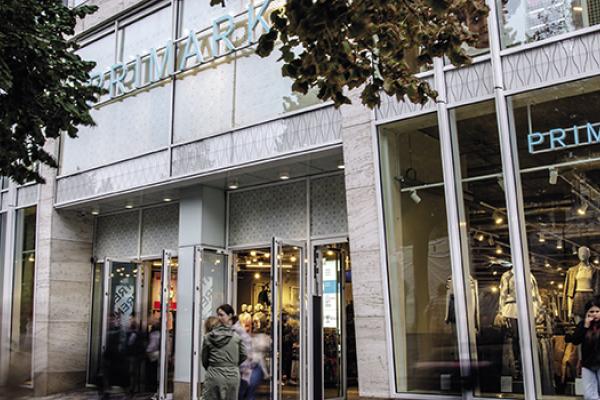Scena9 is a journalism publication that examines the cultural life of Romania (and beyond).
We are a website founded in 2016 with a focus on cultural subjects, but covering a very wide range of interests starting from the environment to social issues, and foreign affairs. We publish various types of articles, from reportages, to interviews, reviews, investigations or profiles. Our preferred medium is online text, but we also produce and publish videos and podcasts on various topics, ranging from the well-being of mothers and parents in Romania to the history of the earliest Romanian immigrants to America. We also have one print edition per year.
We publish mostly in Romanian, but occasionally also translate some of our articles in English. Our typical reader is an urban person around 35 years old. We reach around one million readers annually, with a social media following of 23.300 followers on Instagram and 43.000 on Facebook. We are a small team of 5 full time employees (and one on maternity leave), 3 reporters and 2 editors, but work with a large number of collaborators that help us cover many subjects.






